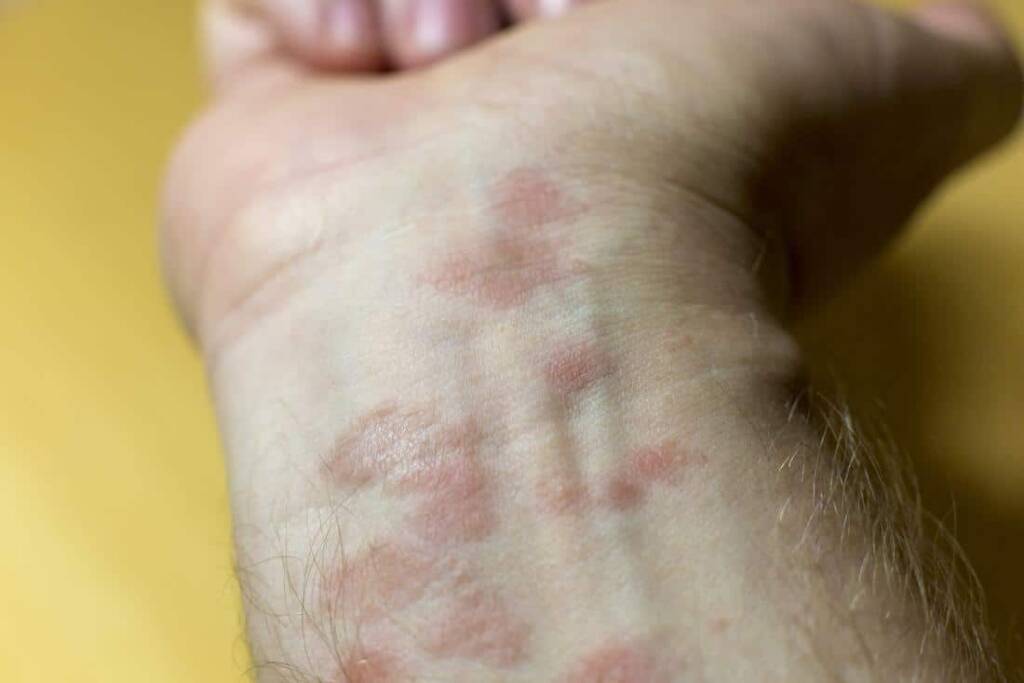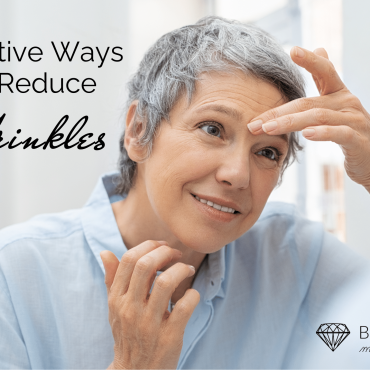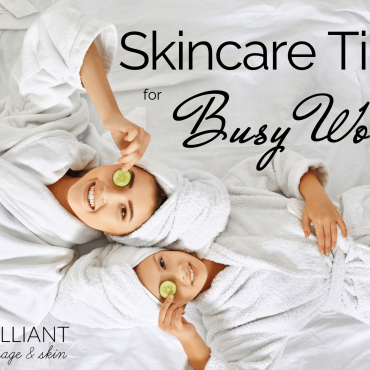
eczema- non contagious rash
Eczema
Both atopic and contact dermatitis are forms of eczema. Eczema is not a diagnosis. Rather, eczema refers to the actual rash that occurs as a result of these conditions. … Acute eczema is characterized by itchy blisters (vesicles) on inflamed, red skin.
Dermatitis
Dermatitis appears in many forms- some of which can be a bit difficult to decode. Is it a rash? Hives? Simple irritation? Here is my guide to help decipher different types of dermatitis.
Atopic Dermatitis
Atopic dermatitis is also known as eczema and is a chronic inflammatory skin condition that can occur anywhere on the body but is mostly predominant on the neck, inner arms, or backs of knees. Atopic dermatitis flares up occasionally and may have dormant states where it’s nearly invisible. The cause of this skin disorder is unknown but is related to stress, asthma and immune system dysfunction. Atopic dermatitis can be extremely itchy and appears red and flaky. Persons affected by this skin disorder should not use harsh soaps or cleansers, can use hydrocortisone creams to soothe the area, and use healing ointments to promote skin repair.
Allergic Contact Dermatitis
Allergic contact dermatitis is the type of dermatitis caused by an allergen. Allergens can include perfume, cosmetics, hair color, weeds such as poison oak or poison ivy, metals, rubber and other synthetics. This type of dermatitis can occur anywhere on the body, depending on the contact with the allergen. The irritation resolves in two to three weeks. Irritation can be alleviated with the use of soothing topical ointments.
Irritant Contact Dermatitis
Similar to allergic contact dermatitis, irritant contact dermatitis is caused by synthetic irritants such as soap, detergents/fabric softeners or other synthetics. Irritant contact dermatitis is characterizred, itchy, dry patches which bear a resemblance to a burn. This type of dermatitis resolves on its own within two to three weeks. Irritation can be alleviated with the use of soothing topical ointments.
Perioral Dermatitis
Perioral dermatitis occurs on the face and usually affects the areas around the mouth and chin. Perioral dermatitis may have a rosacea-like look and is characterized by red bumps, itchy skin, flaky skin and pus-filled bumps. To treat perioral dermatitis a gentle antibacterial wash and soothing ointment may be used. Acne medication may be used on the bumps as well. There is no known cause of perioral dermatitis but irritants such as harsh cleansers, detergents, make-up, or fluoride products may be the culprit.
Seborrheic Dermatitis
One of the most common forms of dermatitis, seborrheic dermatitis occurs on oily areas of the body such as the face, upper chest, and back. It can also appear on the scalp as dandruff and in infants as cradle cap. Seborrheic dermatitis is characterized by greasy flakes, itchy skin, redness and inflammation. Seborrheic dermatitis can be treated with medicated shampoos that contain coal tar, and with anti-inflammatory topical preparations, soothing ointments and hydrocortisone cream.
Eczema treatment has four main goals:
• control the itch
• heal the skin
• prevent flares
• prevent infections
The right treatment for you depends on your age, medical history, how bad your symptoms are, and other things. You’ll probably need to use a mix of remedies to get the best results. And there are things you should do on your own to keep your skin healthy and clear.
Here’s your complete guide to eczema treatments.
Medications
Eczema meds can relieve your symptoms and help the skin heal when you take them as directed. The treatments may not have the same effects on everyone, though. So you and your doctor may need to try a few different options to see what works best for you.
Corticosteroid creams, solutions, foams, and ointments. These treatments made with hydrocortisone steroids can quickly relieve itching and reduce inflammation. They come in different strengths, from mild over-the-counter (OTC) treatments to stronger prescription medicines.
OTC hydrocortisone is often the first thing doctors recommend to treat mild eczema. You may need different strengths of these steroids depending on where and how bad your rash is. For example, a doctor may prescribe a more potent one for thick, scaly skin. Side effects from these meds, such as thinning skin and stretch marks, are rare when you take them as directed.
NSAID ointment. There is now a new prescription non-steroidal, anti-inflammatory called crisaborole (Eucrisa) which can be used to treat mild to moderate forms of eczema. A twice a day application for patients 2 years old and older has been effective in reducing inflammation and helping the skin return to a normal appearance.
Barrier repair moisturizers. You can get these over the counter and by prescription. They help lock water into your skin, repair damage, and ease dryness, redness, and itching. Some products may have irritating fragrances or other ingredients, so ask your doctor or pharmacist which ones you should try or avoid.
Pimecrolimus and tacrolimus, medicines you rub on your skin, treat moderate-to-severe eczema for some people. They ease inflammation, but they aren’t steroids. They may increase the risk of skin cancer and non-Hodgkin’s lymphoma, so the FDA issued a special warning for them. Talk to your doctor about these risks before you take the drugs.
Corticosteroid pills, liquids, or shots. These powerful drugs help relieve symptoms of severe or hard-to-treat eczema. Because of the risk for side effects such as skin damage and bone loss, you should take them only for a short time.
Drugs that turn down your immune system, including cyclosporine, methotrexate, and mycophenolate mofetil. They help keep your body’s defenses from overreacting. You can take them as pills, liquids, or as a shot. They can help people with moderate-to-severe eczema when other treatments haven’t worked. Serious side effects include high blood pressure and kidney problems. You should take these medicines only for a short time to limit the risk for these problems.
Antibiotics. Scratching damages your skin, which allows bacteria to get under it and cause an infection. These medicines treat bacterial skin infections.
Antihistamines. When you take them at night, these drugs relieve itching and can help you sleep.
Phototherapy
Ultraviolet (UV) light can help treat moderate-to-severe eczema. UV rays help keep the immune system from overreacting. But too much of it can age your skin and raise your risk for skin cancer. So doctors use the lowest possible dose and watch your skin carefully when you get this treatment.
There are two types of phototherapy:
UV light therapy. In a dermatologist’s office, your skin gets exposed to UVA rays, UVB rays, or a mix of both. Sometimes you’ll rub coal tar on your skin at the same time. You’ll have sessions two to five times a week, depending on the type of treatment you get.
PUVA therapy. With this type, you take psoralen, a prescription medication that makes the skin more sensitive to UVA light. It’s for people who haven’t gotten results from UV therapy alone.
Control the itch. Heal the skin. Prevent flares. Prevent infections.
Skin Care at Home
When you keep your skin healthy, you can prevent dryness, itching, redness, and maybe lessen the need for medication. Plus, it feels good to pamper yourself. Try these tips:
Bathe only in warm water. Hot water dries out skin. Wash with a gentle cleanser instead of soap. Don’t use body scrubbers or washcloths, which can be irritating. Pat dry with a soft towel instead of rubbing, and be sure to leave your skin damp.
Apply moisturizers daily. Do it right after you bathe or wash your hands. Choose fragrance-free moisturizers that won’t irritate you. Try using a thicker skin cream or ointment that has more oil at night, and wear cotton gloves or socks to lock in moisture. Gloves can also keep you from scratching in your sleep.
Avoid too much bathing and hand washing. It will dry out your skin. Steer clear of alcohol-based hand cleaners, too.
Limit your contact with skin irritants. Household cleaners, laundry detergents, perfumed soaps, bubble baths, cosmetics, and many other things can make eczema worse. Learn what irritates your skin so you can avoid it.
Choose cotton clothes that fit comfortably. Wool and synthetic fibers can be irritating. Also, be sure to wash new clothes before you wear them for the first time. Use fragrance-free laundry soap, and rinse your laundry thoroughly.
Avoid getting overheated. When you’re hot and sweaty, it can trigger itching and scratching. After a workout, rinse off right away in a warm shower.
Know your triggers. Many people with eczema react to allergens such as pollen, dust mites, animal dander, and mold.
Ease stress. It can be hard to find time to relax, but lowering your stress level will help you avoid symptom flare-ups.
Talk to your health provider what would be the best plan of action for you to treat eczema.
Brilliant Massage Therapy


